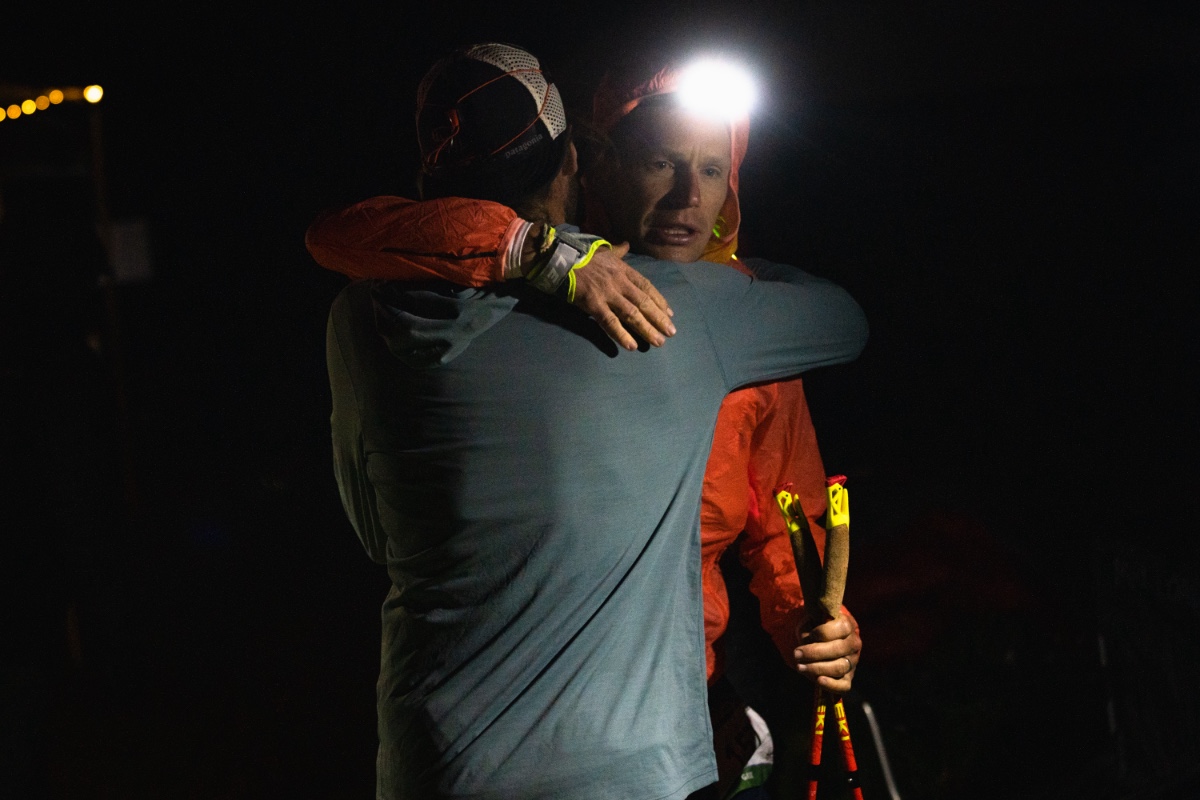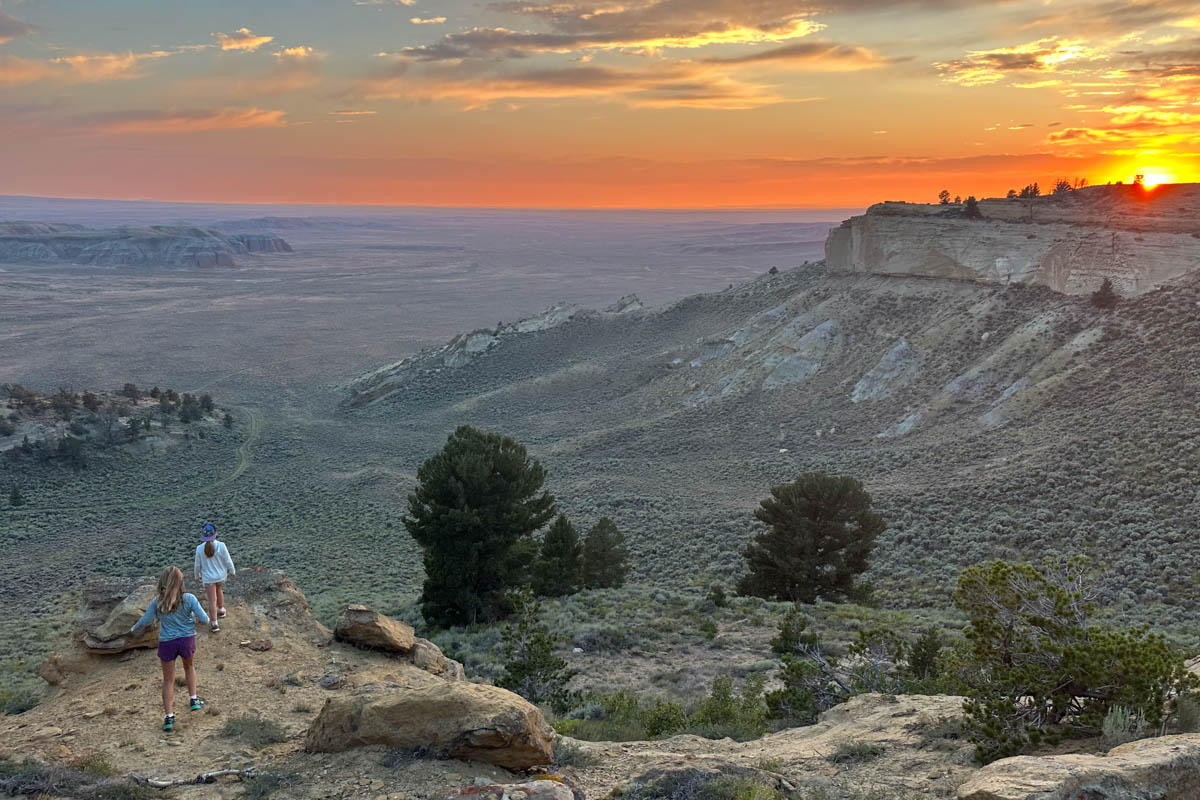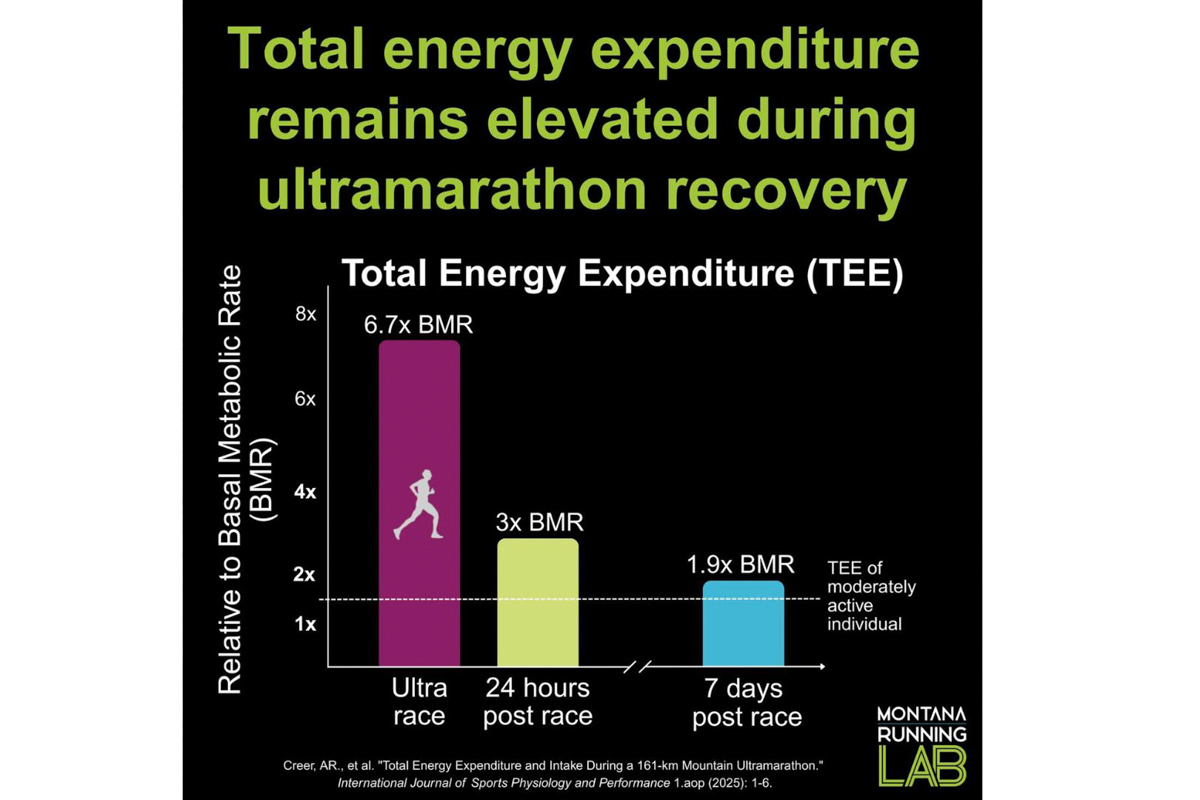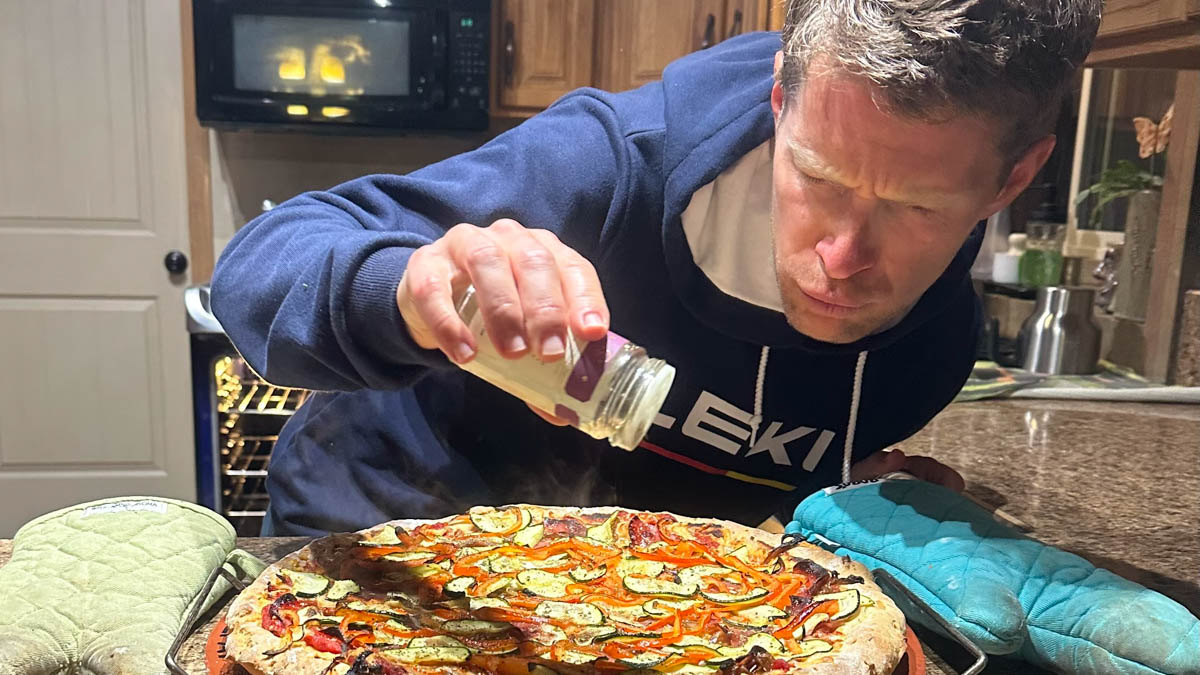On this month-to-month article sequence, ultrarunner, race director, and coach Gabe Joyes solutions reader questions on something and every part working. Study extra about this Aska a Professional column, and you’ll want to fill out the shape beneath to submit your questions for a future article!
On this article, Gabe solutions questions on specificity in extremely coaching, pre-race meals, and potential sources of cramps.
Gabe’s Tip of the Month
Relatively than setting outcome-oriented objectives for a race — like a selected ending time or ending place — I all the time recommend athletes set process-oriented objectives. End result objectives are often hindered by variables and components which might be completely out of your management, like climate, path situations, and the extent of competitors. Course of-oriented objectives are utterly in your management — together with objectives equivalent to the way you tempo your self for the primary 5 miles of the race, particular fueling or hydration objectives, the way you need to really feel three-quarters of the way in which via the race, or what kind of self-talk you’ll make the most of throughout the race’s inevitable tough moments. No matter a part of the method you select to work on, you alone are accountable for your success in these moments. You may verify off your successes all through a race and really feel nice concerning the progress you’re making. The actually enjoyable half, although, is that often if a runner nails all of their course of objectives throughout a race, they find yourself being actually happy with the end result of their race as nicely.

The creator, whereas trying a bit tough on the Chapman Gulch support station at mile 84.5 of the 2025 Hardrock 100, used process-oriented objectives to complete ninth. Picture: iRunFar/Eszter Horanyi
Coaching for Path Ultras
I’m principally a marathon runner who can comfortably run a 3:25. I’m hoping to place marathons behind me a bit as my coronary heart is within the mountains. With that being mentioned, I signed up for a 100-mile race for subsequent spring, and I’m not certain easy methods to prepare for it. — Jessie
Street marathons and path ultramarathons look related at first — form of like how tennis and ping-pong look related at preliminary look — however in actuality, they take a very totally different skillset. It appears like you have already got a wonderful engine, and my guess is that you just doubtless have to develop some trail- and mountain-specific expertise that can assist you navigate that 100-mile race. Muscular endurance coaching is the buzzword and rage after this 12 months’s UTMB, as each Ruth Croft and Tom Evans (the ladies’s and males’s winners, respectively) reportedly emphasised it of their coaching. After your subsequent run, strive doing this brief and candy muscular endurance coaching session instantly after your run:
One to 2 units of:
- 20 x air squats
- 20 x in-place lunges (10 x every leg)
- 20 x leaping lunges (10 x every leg)
- 20 x bicycle crunches
- 1- to 3-minute wall sit
Going up and down mountainous terrain for hours on finish takes tons of power, however it additionally takes simply as a lot steadiness and agility — which isn’t sometimes required in a street marathon. Notably you probably have restricted entry to mountain terrain, I might additionally recommend doing a little plyometrics coaching twice every week. Which may embody workout routines like skater hops, single-leg X jumps, dot drills, and single-leg stair jumps. The decrease limb and hip power you get from these workout routines will certainly assist you may have a extra satisfying mountain path expertise!

Energy, agility, and steadiness are wanted for giant mountain runs, like this one within the Gros Ventre Wilderness in Wyoming. Picture: Steven Gnam
Pre-Race Meals
What do you often eat for a pre-race dinner? Do you modify the way you eat earlier than a race? — Todd
In 2019, I had an incredible pizza earlier than the North Fork 50k that included loads of cheese, but additionally tomatoes, arugula, and an affordable quantity of beets. Beets are identified for his or her performance-enhancing advantages, so after I set the course file on the race, I naïvely assumed the beets had been the important thing to my success and took the “extra is best” method that’s pervasive in ultrarunning earlier than the Leadville 100 Mile later that 12 months. As a substitute of a properly balanced pre-race meal the evening earlier than the race, I ate what may solely be described as a very extreme quantity of beets. I’ll spare you all of the terribly gory particulars, however it took a dozen rest room stops throughout the first 30 miles of the race to expel all of these fiber-rich (and shockingly purple) beets from my digestive tract. The purpose of my crappy story is that in case your vitamin technique that you just recurrently make the most of earlier than your entire lengthy runs and exercises is working for you, then don’t considerably change it earlier than a race.
Lately, the one vitamin adjustments I make within the lead-up to a race are a slight discount in fiber — the origins of this intervention are in all probability apparent — and a slight improve in carbohydrates. I additionally barely lower my fats consumption as I are likely to eat a number of dietary fats via chocolate, nuts, and cheese. For me, pre-race dinner is excessive in carbohydrates and sodium and simple to digest — sometimes risotto, pasta, or pizza (sans beets, in fact).
Put up-Race Restoration and Urge for food
How do you get well after a giant effort or race? What ought to fueling seem like within the couple of weeks after? Is it regular to have an elevated urge for food even a few weeks after? When ought to I begin working once more? — Alyssa
I’ve discovered that there are two various kinds of individuals on the market in how they cope with restoration. One group extremely values their every day motion and needs to get proper again to coaching instantly after a giant occasion. One other group savors the restoration interval and needs to stretch it out so long as doable. Like so many issues, I’ve discovered that the most effective method is someplace within the center. For a extremely large effort that stretches your health and talents, it’s prudent to take at the very least just a few days utterly off from working, and actually any severe exercise in any respect. I typically direct athletes to have a recovery-oriented coaching session after a race that’s actually going for a stroll with an ice cream cone in hand. Doing a little kind of non-running exercise — equivalent to biking, climbing, snowboarding, yoga, mountaineering, or stand-up paddle boarding — in your first classes again after a race is useful for getting the physique transferring once more with out straining the particular muscular tissues and tender tissue that you just requested an terrible lot of throughout your final race.

My favourite restoration exercise? Climbing with my kiddos in Wyoming’s Purple Desert. Picture: Gabe Joyes
So far as urge for food goes, my suggestion could be to take heed to it! Metabolism can really feel uncontrolled within the first few days after a race, and it’s okay to indulge that and have dessert three (or extra?) occasions per day. In response to analysis within the “Worldwide Journal of Sports activities Physiology and Efficiency,” even every week after an ultramarathon — with no extra train — your metabolism continues to be elevated to increased than a median individual.

Basal metabolism can keep elevated for every week after an extremely. Picture courtesy of Montana Operating Lab.
Potential Sources of Cramps
I really feel good initially of races, however I all the time find yourself with cramps after a few hours — and I by no means cramp in coaching. Do I want extra electrolytes? What else may very well be my downside? — Martin
Settling right into a sustainable tempo originally of a race is hard. Should you present as much as the beginning line match, well-fueled, and well-hydrated, then even your reasonable to high-effort paces can really feel comparatively snug simply since you are so recent. Plus, the adrenaline and nerves of the beginning line make these opening few miles really feel like cuttin’ butter, even when the truth is you’re working at extra of a exercise effort.
If in case you have entry to coronary heart charge knowledge, I believe you’ll in all probability discover that your coronary heart charge is pretty excessive for these first couple of hours — in all probability one thing shut to what’s referred to as Regular State Effort, which is often solely sustainable for about an hour or so. This tempo feels nice for lots of people, however your mind is aware of that kind of effort is just not sustainable. In case your mind is anxious about you destroying your self, how does it sluggish you down within the spirit of self-preservation? Cramps. Electrolyte steadiness is all the time one thing to be conscious of with cramps, but when that actually was the supply of the cramps so early within the race, then you definately in all probability confirmed as much as the beginning line scarily dehydrated and underfueled already.

Gabe Joyes settling into a cushty working tempo and ensuring he’s well-fueled and hydrated. Picture courtesy of Gabe Joyes.
Submit Your Questions
Ship us your questions! Use the shape beneath or ship us a message on Instagram, and we’ll contemplate your questions for future articles.
Name for Feedback
- Do you agree with Gabe’s solutions to this month’s questions?
- What urgent questions do you may have about path working and ultrarunning?



